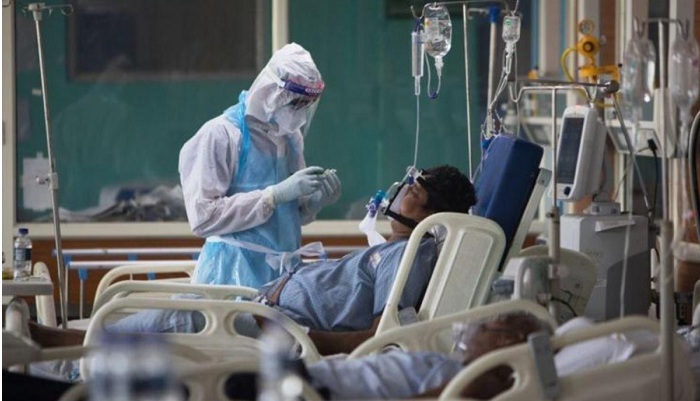There are 16,138 people in hospitals with COVID-19 as of April 8, which is the lowest number since the US Department of Health and Human Services began tracking in July 2020. Only 2% of beds are now allocated to COVID-19 users.
The previous low point occurred in late June 2021, right before Delta became the country’s main variant. COVID-19 admissions peaked in January 2022, during the Omicron outbreak, when over 160,000 people were admitted to hospitals with the virus. While the load on the US hospital system directly tied to treating COVID-19 patients has been greatly eased, experts say many hospitals are still dealing with understaffing and also other patients who are arriving sicker after postponing treatment during the peak of the pandemic.
Nancy Foster, Vice President for Quality and Patient Safety Policy at the American Hospital Association, says she can’t hear hospitalisation data without shouting “hallelujah.”However, there are a number of things going on right now that keep hospitals and their employees incredibly busy, she adds. Nancy opines that hospitals were expecting an inflow of patients who had postponed treatment, whether by preference or because the medical centre couldn’t handle them. But according to her, the biggest challenge right now is the combination of having more individuals needing care than they expected and having more staff shortages than they anticipated.
The COVID-19 Community Level map by the CDC, which monitors new hospitalizations and beds in use particularly for COVID-19 patients, stands in contrast with the overall picture of hospital capacity. The CDC map is almost entirely green, with 95 percent of US states classified as having a minimal COVID-19 community level. However, according to HHS data, upwards of three-quarters of inpatient beds are presently in use in medical centers, with nine states having more than 80% of all beds occupied. Experts think it’s critical to keep an eye on both overall hospital capability and the load posed by COVID-19.
From an endemic monitoring standpoint of COVID-19, that is where they aim to be heading. One needs to be able to detect whether there is a state where public health measures are required, says Kaiser Permanente’s national infectious disease leader, Dr. Stephen Parodi.
However, the pandemic has had a massive effect on how hospitals operate. Prior to the pandemic, there was usually a seasonal difference in how many beds were occupied, with more patients anticipated during the flu season in the winter and a lower volume expected during the summer.
What’s different today, after the pandemic, is that hospitals are essentially always filled, Parodi explained. When it concerns staffing those beds, having the workforce accessible, the doctors, nurses, and support services like lab and radiology, that computation of a plan is shifting our thinking on what we need to prepare for the full year rather than just one season.
According to Parodi and others, the capacity crunch will last at a minimum until the end of the year. According to CDC data, there have been around 4.6 million cumulative hospitalizations for COVID-19 in the United States through August 2020. Seniors aged 70 and up account for more than a third of all hospital admissions. COVID-19 has hospitalised more than twice as many black and Hispanic people as white people, and American Indians have been hospitalised more than three times as often.


















